41+ Workout Plans
-

Exercise Workout Plan Template
download now -

Fitness Workout Plan Template
download now -
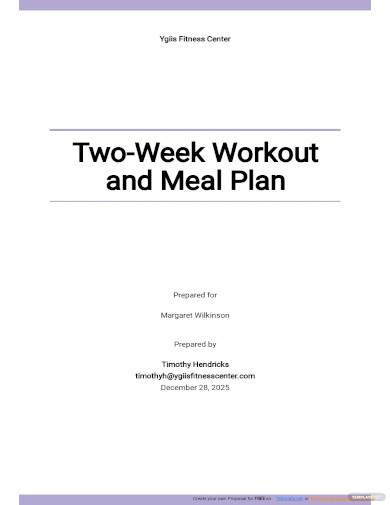
Two Week Workout And Meal Plan Template
download now -
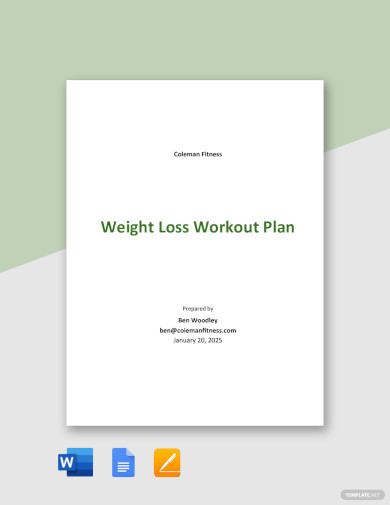
Weight Loss Workout Plan Template
download now -
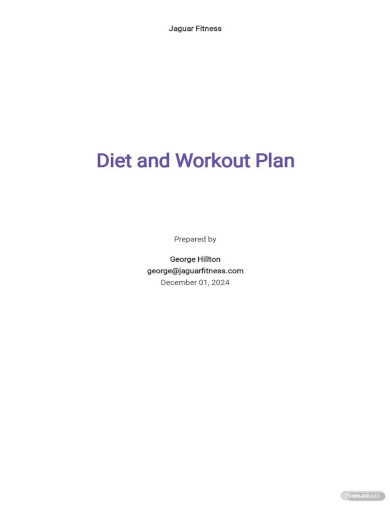
Diet and Workout Plan Template
download now -
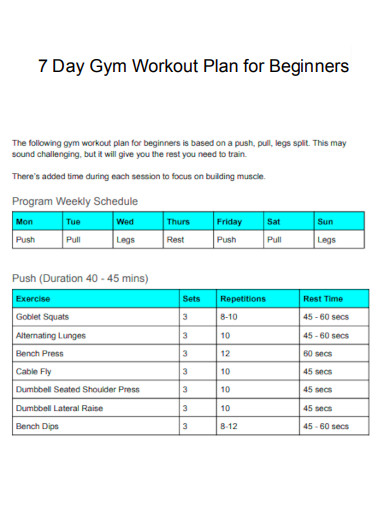
7 Day Gym Workout Plan for Beginners
download now -
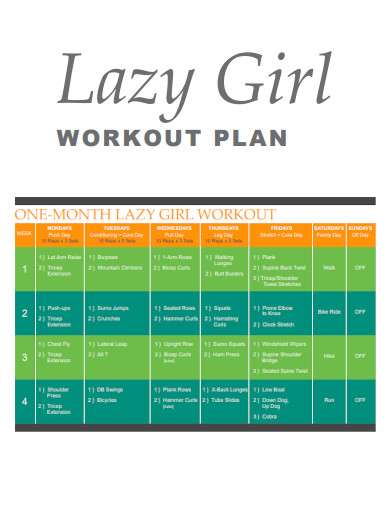
Lazy Girl Workout Plan
download now -

Volleyball 5-Week Workout Plan
download now -
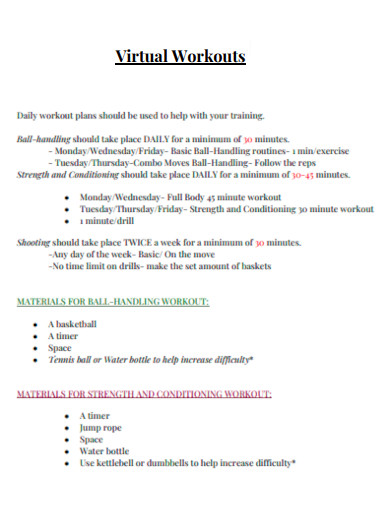
Virtual Workouts Plan
download now -
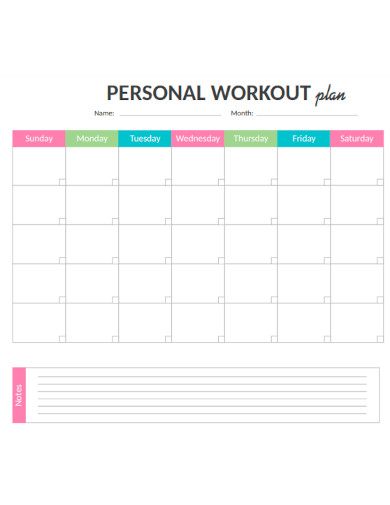
Personal Workout Plan
download now -
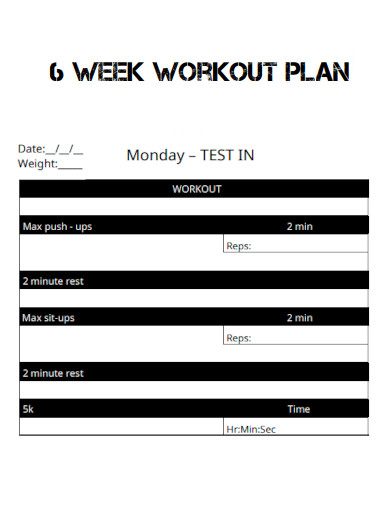
6 Weeks Workout Plan
download now -
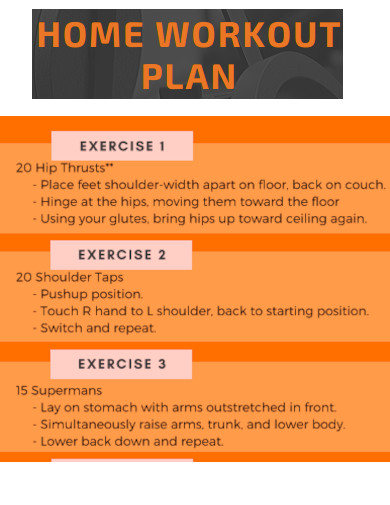
Home Workout Plan
download now -
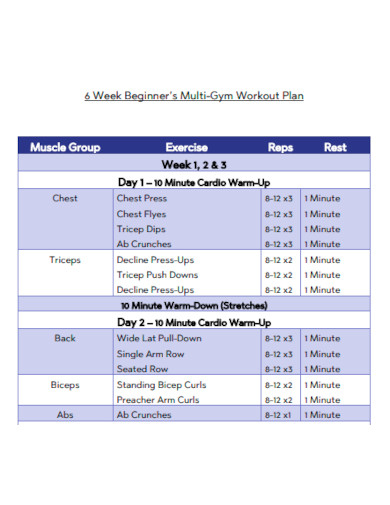
6 Week Beginner Multi Gym Workout Plan
download now -

14 Day At Home Workout Plan
download now -

Night Time Yoga Workout Plan
download now -
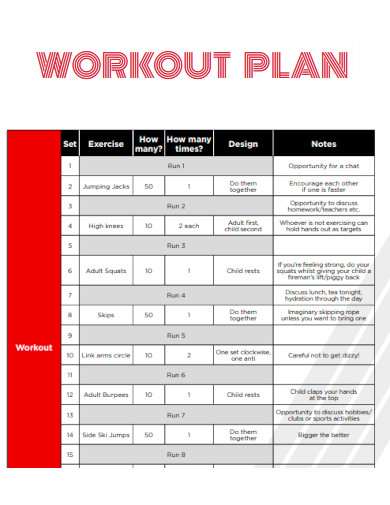
General Workout Plan
download now -
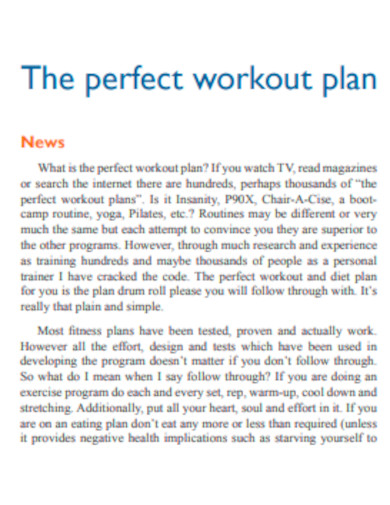
Perfect Workout Plan News
download now -

Basic Workout Plan
download now -
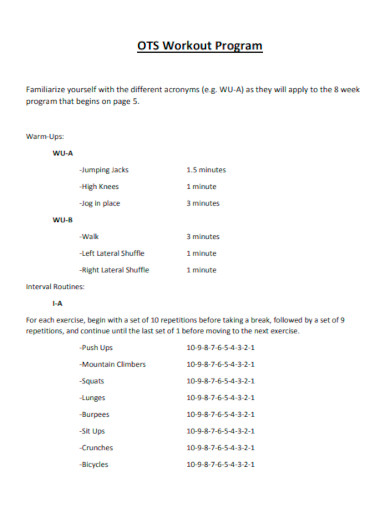
OTS Workout Program Plan
download now -
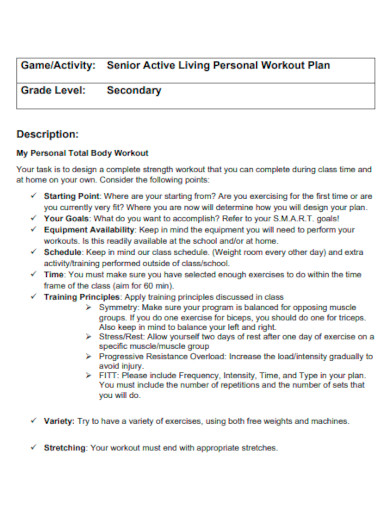
Senior Active Living Personal Workout Plan
download now -
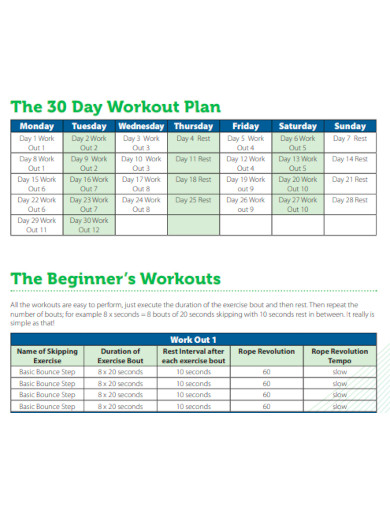
30 Day Workout Plan
download now -
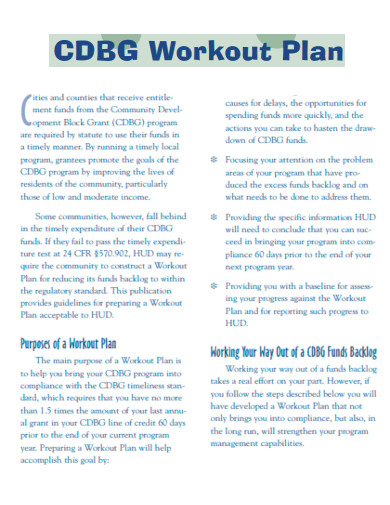
CDBG Workout Plan
download now -
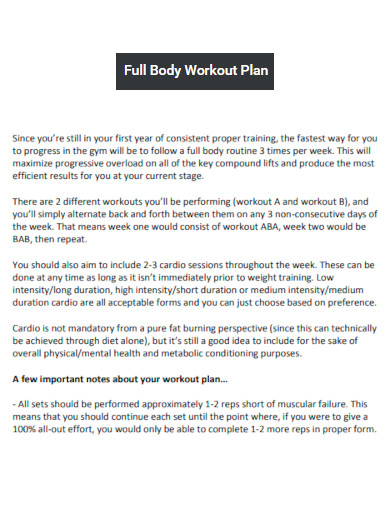
Full Body Workout Plan
download now -
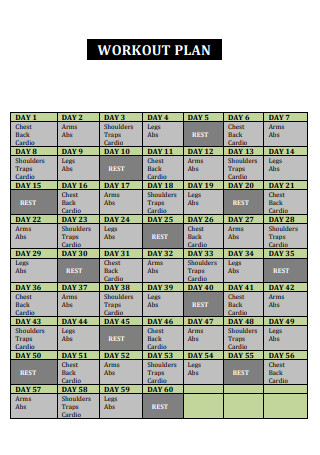
Sample Workout Plan
download now -

Summer Workout Plan
download now -
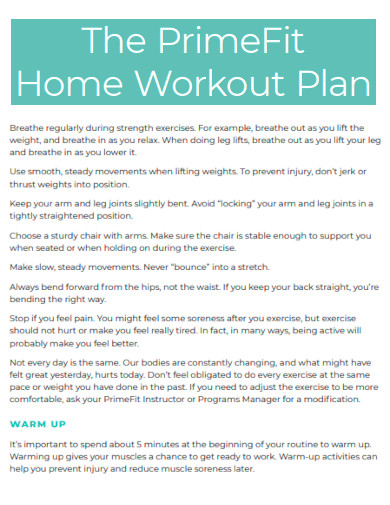
PrimeFit Home Workout Plan
download now -
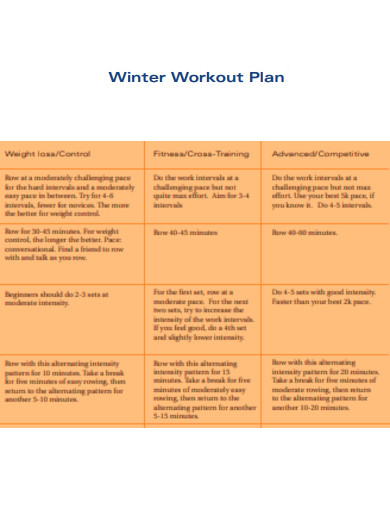
Winter Workout Plan
download now -
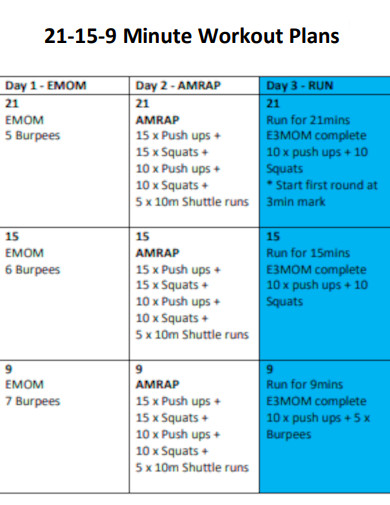
21-15-9 Minute Workout Plans
download now -
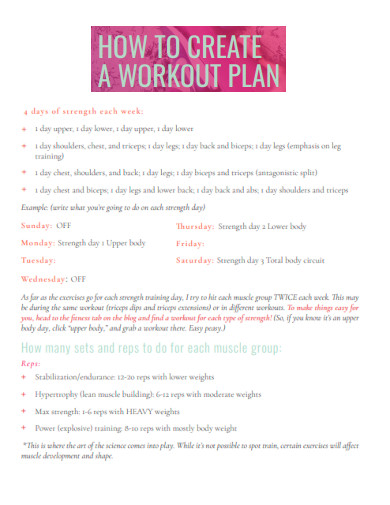
Create Workout Plan
download now -
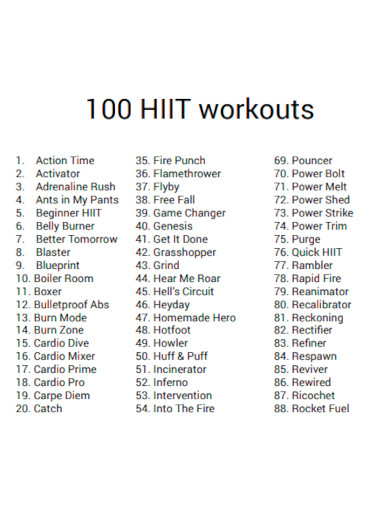
100 Hiit Workout Plan
download now -
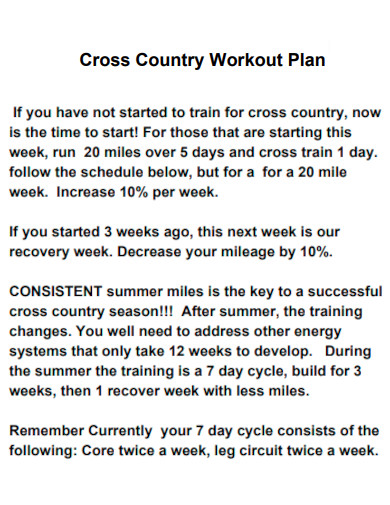
Cross Country Workout Plan
download now -
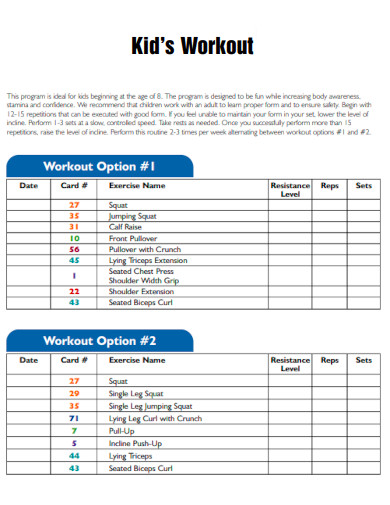
Kids Workout
download now -
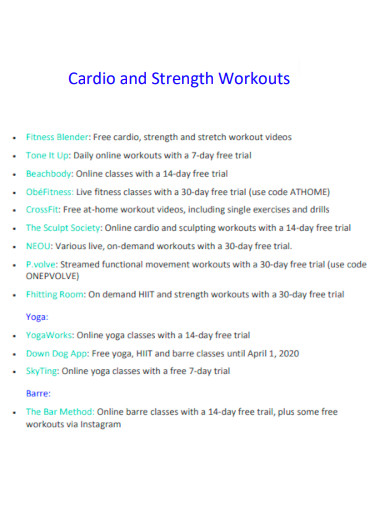
Cardio and Strength Workouts Plan
download now -
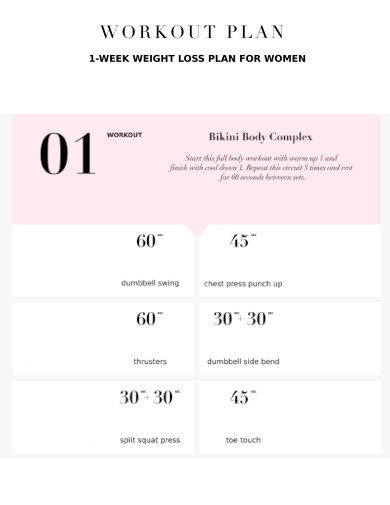
Women Workout Plan
download now -
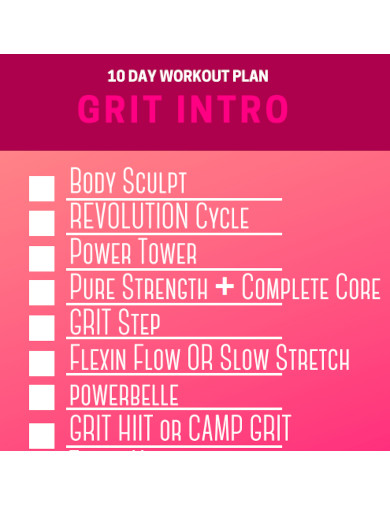
10 Days Workout Plan
download now -
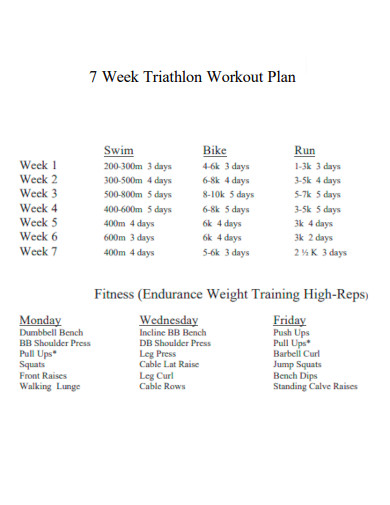
7 Week Triathlon Workout Plan
download now -
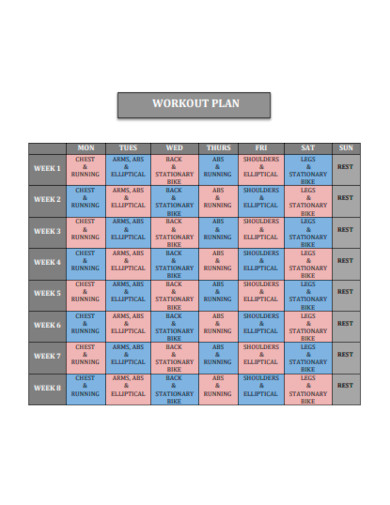
Muscular Workout Plan
download now -
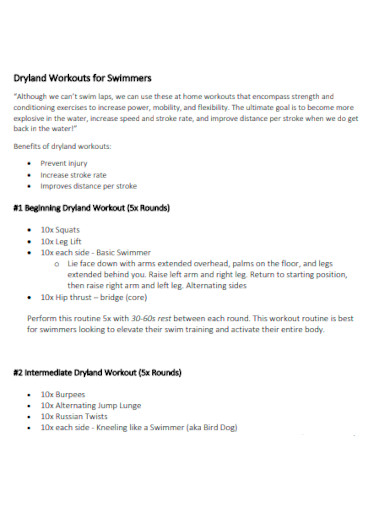
Dryland Workout Plan for Swimmers
download now -
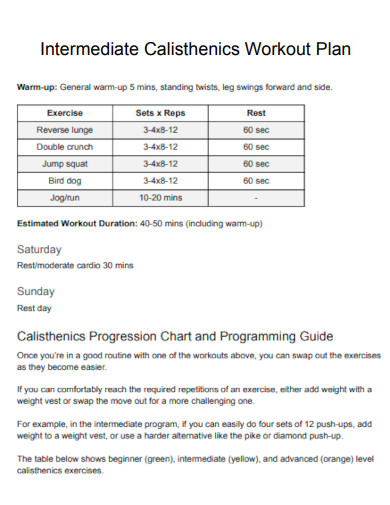
Intermediate Calisthenics Workout Plan
download now -
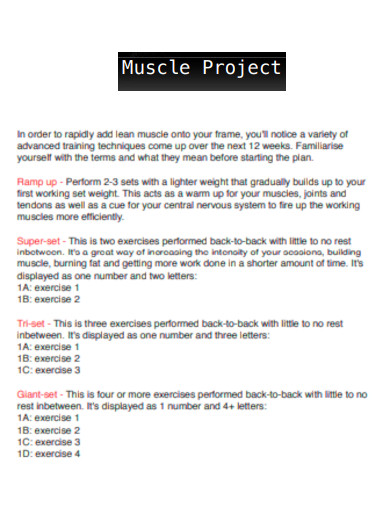
Project Workout Plan
download now -
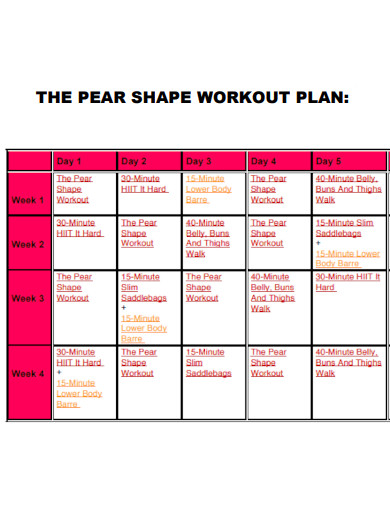
Pear Shape Workout Plan
download now -
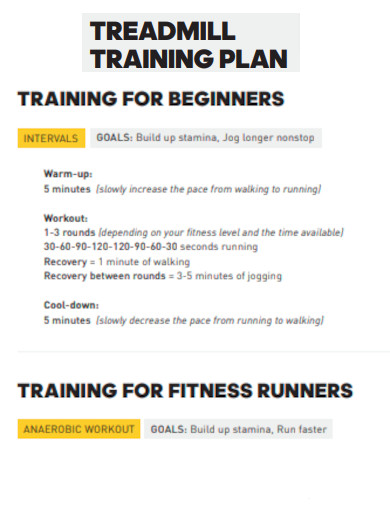
Treadmill Training Workout Plan
download now
What Is a Workout Plan?
Everyone knows exercise can help the body become more robust and maintain its physical condition. But what would your workout’s purpose be if you do it less consistently? To help you exercise more effectively, you will require a workout plan. This is a record of your exercise regimen. This plan specifies the varieties of exercises you must perform and their duration. This plan assists you in maintaining a consistent routine to reach your fitness objectives. It provides an organized structure for your exercise regimen. It can also make your workouts more creative and help you make more significant progress. Numerous fitness professionals advise developing a plan to track your progress and achieve your objectives gradually.
Benefits of Workout
Want to feel good, have better energy, and live longer? Just exercise. Refraining from discarding the health benefits of regular exercise and physical activity is difficult. Exercise is beneficial regardless of age, gender, or physical aptitude. Need more encouragement to move? Here are seven ways that exercise can make you cheerful and healthier.
Tips to Make a Plan
From an emotional standpoint, when we are tempted to skip the planning stage, what is perhaps most essential is how planning generates and stores vast amounts of positive energy. Once you have learned the art of planning, developing and adhering to a strategy will strengthen your resolve and provide the momentum to see things through. And when you need a surge of energy or a reminder that you can persevere and achieve your objective, you can reread the plan. You can see the route leading to your destination. This article outlines in four stages how to create a plan.
1. Define Your Objective in Writing
Creating an effective action plan begins with defining and recording the final objective. Dominican University research indicates that individuals who write down their goals are significantly more prosperous than those who don’t. In addition to improving your likelihood of success, writing down your goals will compel you to consider the necessary steps, not just the desired outcome. This is especially useful when defining vague, lofty, or unformed objectives. We recommend using the SMART goals framework as the initial stage in creating an action plan.
2. Divide the Objective into Sub-Goals
Significant objectives are frequently so intimidating that people keep going even after putting forth their best action. By focusing excessively on the desired outcome, they cannot articulate how they intend to achieve it. They may also feel overburdened by their daily activities and responsibilities. The elevated objective can appear impossible in moments of low energy or emotion. But dividing a goal into discrete milestones allows the goal-setter to focus less on the result and more on each mini-goal as a necessary step towards achieving their overall objective.
3. Prioritize and Assign All Related Tasks
Different objectives can benefit from distinct planning forms, as we have seen. If you plan a new initiative, you might begin by determining your current position relative to your desired destination. If attempting to solve a pre-existing issue, you may use brainstorming to analyze the circumstance and generate potential solutions. Prioritizing each task list makes your action plan more executable in either case.
4. Review, Reflect, and Refine
Developing an action plan is vital, but staying flexible is essential for long-term success. A practical action plan is dynamic and subject to change as your organization and circumstances evolve. Regularly reviewing your action plan is the best way to ensure its continued validity. A continuous review enables you to monitor progress against each task or sub-goal and make the necessary adjustments to satisfy the evolving needs of your team or organization.
How to Start an Exercise
Exercising is one of the finest things you can accomplish for your health. However, incorporating it into your routine and maintaining it may require some resolve and discipline. You can take it with the use of several tactics. Regular exercise can positively affect your body and well-being, so you’ll start to notice and feel immediately. This part is for you if you’re thinking about starting to exercise but need help figuring out where to start. Here is everything you ought to learn about establishing and maintaining a routine. Remembering a few things before beginning a new exercise regimen is essential.
1. Examine Your Health
Before beginning an exercise regimen, it is necessary to counsel a healthcare professional and undergo a physical examination. This is critical for those who are new to physically demanding activities. A pre-exercise physical test can detect any health issues or conditions that could place you at risk for injury. It can also help you optimize your exercise by making it more detailed for you and your trainer, if you choose to work with one, to identify your limitations and develop an exercise regimen tailored to your specific needs.
2. Create a Plan and Set Reasonable Objectives
Once you’ve decided to begin a regular exercise, construct a plan with attainable steps and objectives. One method to perform this is to create an actionable plan. You can then continue to count on it as your fitness level improves. For example, If you like to achieve a 5-kilometer run, you can begin by developing a plan that includes shorter routes. Improve the distance of your runs until you can meet 5 kilometers in a single session. Starting with modest, attainable objectives will increase your likelihood of success and keep you motivated throughout the process.
3. Make It a Habit
People may find it easier to maintain an exercise routine over the long term if they make it a habit and do it frequently. According to a reputable source, an assessment of research, replacing a harmful behavior with a healthier practice is an excellent strategy for long-term maintenance. Also, creating a schedule management plan and exercising simultaneously every day are effective methods to sustain and prolong a routine.
4. Optimize Your Nutrition
Consume a well-balanced diet to complement your fitness program. All food groups must maintain optimal energy levels and maximize exercise performance. Carbohydrates are essential because they sustain your muscles before exercise. Carbohydrates are crucial for replenishing glycogen stores and facilitating the assimilation of amino acids into muscles during recovery. Also, protein enhances muscle recovery after exercise, repairs tissue injury, and increases muscle mass. Lastly, regularly ingesting healthy fats has been shown to help reduce body fat and preserve muscle fuel during exercise, prolonging energy.
FAQs
How do I start regular exercise?
Begin slowly and increase progressively. Then, accelerate to a speed you can maintain for five to ten minutes without being too sleepy. As your endurance improves, progressively extend the duration of your workouts. Most days of the week, exercise up to 30 to 60 minutes.
Why do we need to exercise regularly?
Being physically active can improve mental health, aid in weight management, reduce disease risk, strengthen bones and muscles, and enhance your ability to perform daily to-do lists. There are health benefits for adults who sit less and engage in any quantity of moderate-to-vigorous physical activity.
Do we need to exercise every day?
Strive for at least 30 minutes of mild physical activity daily as a general objective. You should exercise more to lose weight and track it in your weight charts, keep it off, or reach specific fitness goals. Reduced sitting time is also crucial.
Beginning a new exercise regimen can be challenging. However, having realistic goals can aid in long-term fitness program maintenance. There are numerous options available for physical activity. Please find a few that work for you, and vary them occasionally. The objective is to commence slowly, increase your fitness level, and let your body rest periodically to prevent injuries. Keeping track of your progress or registering in a virtual group class are examples of actionable actions that can assist you in remaining motivated and achieving your objectives. Also, it is essential to consume a healthy diet plan, stay hydrated, and check in with your healthcare provider to monitor your health! Then why are you still waiting? Start working out today!
